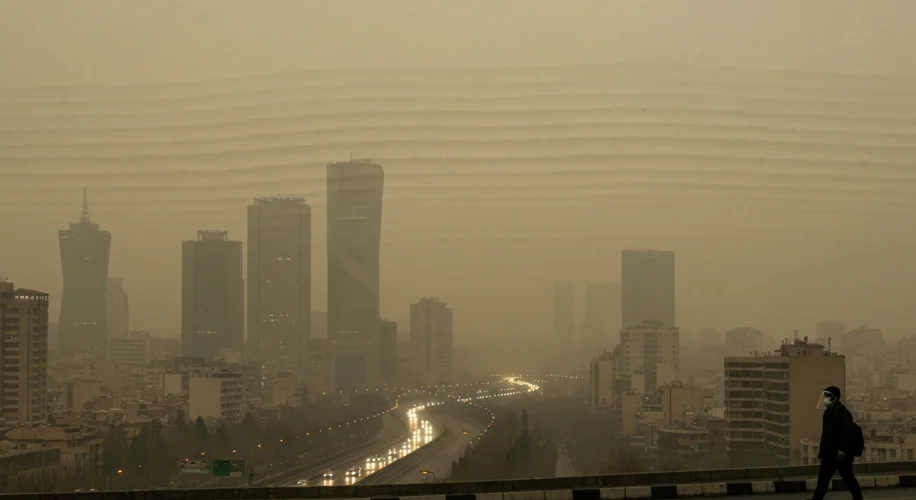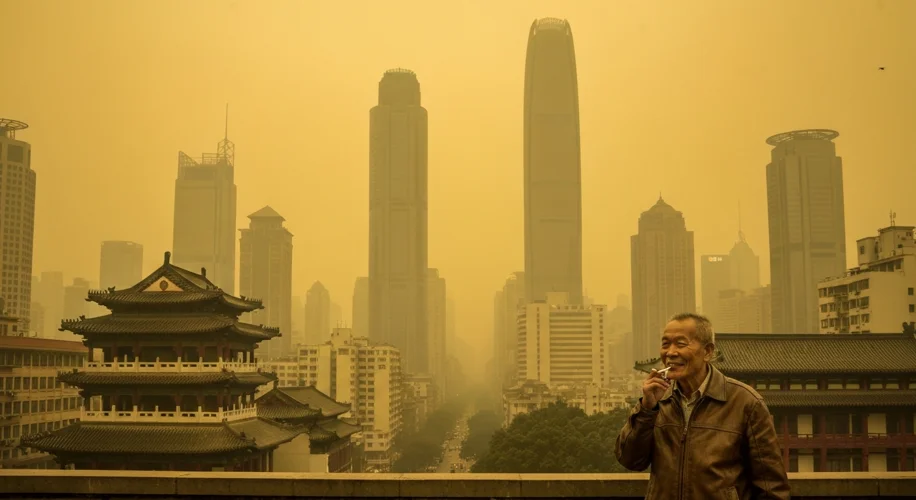The persistent cough of Tehran, a city of millions, has become a chilling soundtrack to Iran’s recurring energy crisis. It’s a cough born not just of seasonal dust, but of a deeper, more insidious problem: the burning of dirty fuels to keep the lights on, a practice that chokes the very air its citizens breathe.
For decades, Iran, a nation blessed with vast oil and gas reserves, has grappled with a paradox. Its economy, deeply reliant on hydrocarbon exports, often finds itself struggling to meet domestic energy demands. This isn’t merely a matter of insufficient production; it’s a complex web of infrastructure challenges, international sanctions, and a heavy reliance on subsidized, polluting fuels.

The history of this crisis is not a single event, but a recurring drama played out across different presidential administrations and geopolitical shifts. In the early 2000s, Iran was a significant exporter of oil and gas. However, increasing domestic consumption, coupled with a growing need for refined products like gasoline, began to strain its energy sector. The imposition of international sanctions, particularly in the wake of its nuclear program, further exacerbated these issues. Access to advanced technologies for maintaining and upgrading infrastructure, as well as for developing cleaner energy sources, became severely restricted.
The key actors in this ongoing struggle are multifaceted. On one hand, you have the Iranian government, often caught between the imperative to provide affordable energy to its population and the international pressure to curb its fossil fuel dependence and adhere to environmental standards. The powerful oil and gas lobby within Iran also plays a significant role, often resisting reforms that might impact their established revenue streams.
On the other hand, the most affected are the ordinary citizens of Iran, particularly in its sprawling metropolises like Tehran. They bear the brunt of the air pollution, experiencing rising rates of respiratory illnesses, cardiovascular problems, and decreased life expectancy. Their daily lives are dictated by the visibility and breathability of the air, leading to a constant sense of unease and a yearning for cleaner skies.
The core of the crisis lies in Iran’s energy infrastructure and fuel choices. Due to sanctions and the high cost of importing cleaner fuels or developing advanced refining capabilities, power plants and industries often resort to burning “dirty” fuels like heavy fuel oil (mazut) and diesel. These fuels are rich in sulfur and other pollutants, which, when combusted, release significant amounts of particulate matter, sulfur dioxide, and nitrogen oxides into the atmosphere.
This reliance on dirty fuel is particularly acute during peak demand periods, such as the cold winter months when heating is essential. Power plants, unable to generate enough clean electricity, turn to these readily available but highly polluting options. The result is a toxic cocktail that blankets cities, reducing visibility to mere meters and causing immediate health problems.
The consequences of this energy-fuel-pollution nexus are stark and far-reaching. Health systems are strained by an influx of patients suffering from pollution-related ailments. Economic productivity suffers as citizens fall ill and outdoor activities are curtailed. The environmental degradation impacts not only human health but also ecosystems, contributing to acid rain and soil contamination.
The smog in Tehran isn’t just an inconvenience; it’s a public health emergency. During severe pollution episodes, authorities often resort to temporary measures like closing schools, restricting traffic, and advising vulnerable populations to stay indoors. Yet, these are band-aids on a deeper wound. The fundamental issue of relying on polluting energy sources remains.
Analysis of this situation reveals a critical juncture for Iran. The country faces a dilemma: continue its reliance on fossil fuels, risking further environmental and health crises, or invest heavily in diversifying its energy portfolio. This diversification could include renewable energy sources like solar and wind, or even nuclear power, which could offer a cleaner alternative to burning hydrocarbons for electricity generation. However, such transitions require significant capital investment, technological advancements, and a strong political will, all of which are challenged by the current geopolitical and economic climate.
The recurring energy crises and the resultant pollution in Iran serve as a potent historical lesson. They underscore the interconnectedness of energy policy, economic realities, and environmental health. The story of Tehran’s choking haze is a narrative of difficult choices, the enduring impact of international relations, and the urgent need for sustainable solutions to power a nation without poisoning its people.

